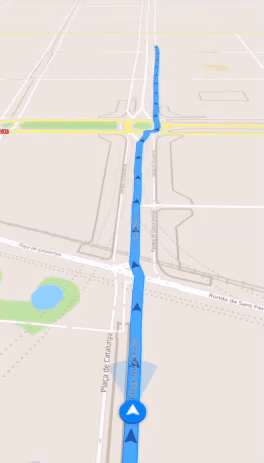Features
Turn your trip into an exciting and unforgettable experience
with the Budapest offline mobile map!
TOP DESTINATIONS
Our offline map offers you information about 26 top destinations, featuring high-quality descriptions, photos, and reviews written by real travelers.
HIGH-QUALITY CONTENT
Every location we feature comes with a description, a photo, and reviews written by real people.
SAVE ON MOBILE DATA!
All of the app’s features work offline! Simply download our completely autonomous map before your trip, and save mobile traffic!
FIND TOP DESTINATIONS NEARBY!
In addition to our featured locations, you will find tens of thousands of other useful places in our guide (hotels, restaurants, teller machines, public transport stops, points of interest, etc.)
OFFLINE NAVIGATION
Plan the best driving, walking, or biking route offline! Save your locations, so you can always easily find your way back and never get lost.
WEATHER FORECAST AND CURRENCY CONVERSION!
Latest weather forecast and a handy conversion rate calculator for 200+ different currencies!
Top places of interest
Here is a list of just a few of the places of interest that you can find on our offline map.
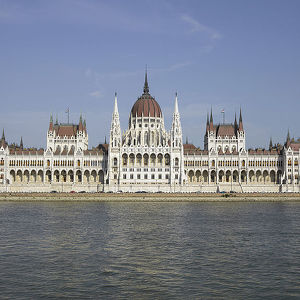
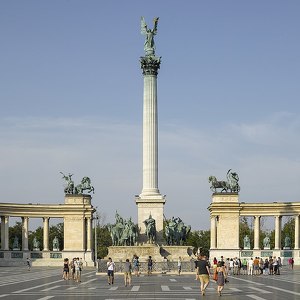
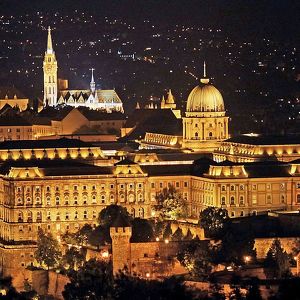
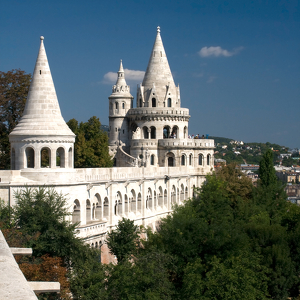
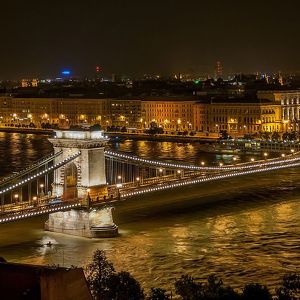


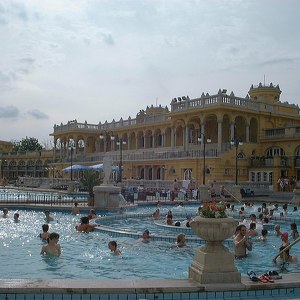
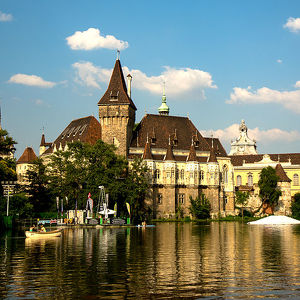
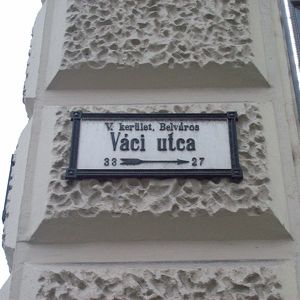
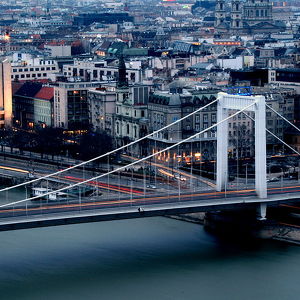
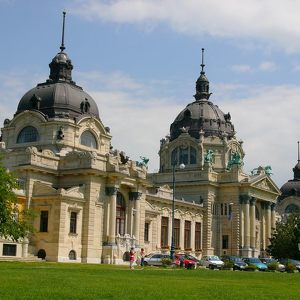
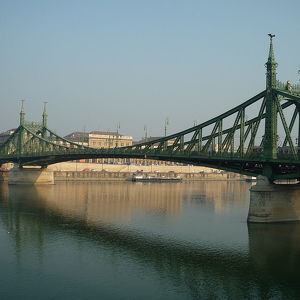
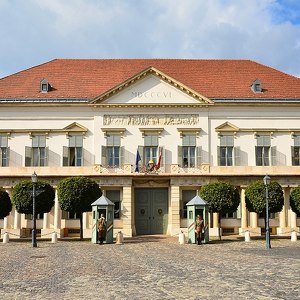
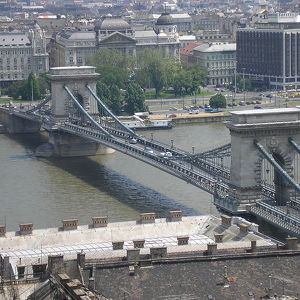
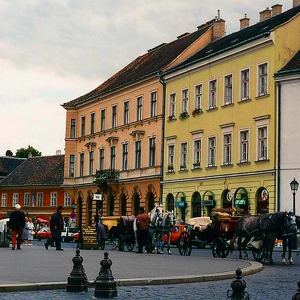
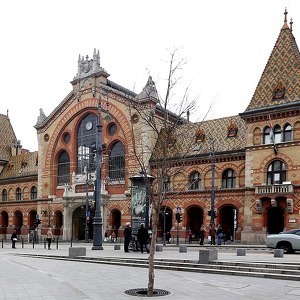
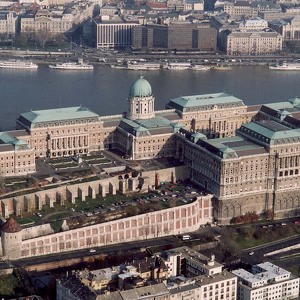
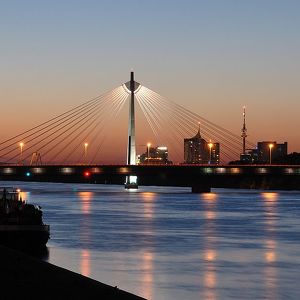
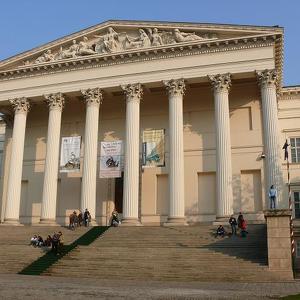
Hungarian Parliament Building
The Hungarian Parliament Building, also known as the Parliament of Budapest for being located in that city, is the seat of the National Assembly of Hungary, a notable landmark of Hungary and a popular tourist destination of Budapest. It lies in Lajos K...
Hősök tere
Hősök tere is one of the major squares in Budapest, Hungary, noted for its iconic statue complex featuring the Seven Chieftains of the Magyars and other important Hungarian national leaders, as well as the Tomb of the Unknown Soldier. The square lies a...
Buda Castle
Buda Castle is the historical castle and palace complex of the Hungarian kings in Budapest. It was first completed in 1265, but the massive Baroque palace today occupying most of the site was built between 1749 and 1769. The complex in the past was ref...
Fisherman's Bastion
The Halászbástya Hungarian pronunciation: or Fisherman's Bastion is a terrace in neo-Gothic and neo-Romanesque style situated on the Buda bank of the Danube, on the Castle hill in Budapest, around Matthias Church. It was designed and built between 1895...
Chain Bridge
The Széchenyi Chain Bridge is a suspension bridge that spans the River Danube between Buda and Pest, the western and eastern sides of Budapest, the capital of Hungary. Designed by the English engineer William Tierney Clark and built by the Scottish eng...
Buda Castle
Buda Castle is the historical castle and palace complex of the Hungarian kings in Budapest. It was first completed in 1265, but the massive Baroque palace today occupying most of the site was built between 1749 and 1769. The complex in the past was ref...
Hősök tere
Hősök tere is one of the major squares in Budapest, Hungary, noted for its iconic statue complex featuring the Seven Chieftains of the Magyars and other important Hungarian national leaders, as well as the Tomb of the Unknown Soldier. The square lies a...
Széchenyi thermal bath
The Széchenyi Medicinal Bath in Budapest is the largest medicinal bath in Europe. Its water is supplied by two thermal springs, their temperature is 74 °C (165 °F) and 77 °C (171 °F), respectively. Components of the thermal water include sulphate, c...
Vajdahunyad Castle
Vajdahunyad Castle is a castle in the City Park of Budapest, Hungary. It was built in 1896 as part of the Millennial Exhibition which celebrated the 1,000 years of Hungary since the Hungarian Conquest of the Carpathian Basin in 895. The castle was desi...
Váci Street
Váci utca is one of the main pedestrian thoroughfares and perhaps the most famous street of central Budapest, Hungary. It features a large number of restaurants and shops catering primarily to the tourist market. The Lonely Planet says "It's tourist ce...
Elisabeth Bridge
Elisabeth Bridge is the third newest bridge of Budapest, Hungary, connecting Buda and Pest across the River Danube. The bridge is situated at the narrowest part of the Danube in the Budapest area, spanning only 290 m. It is named after Elisabeth of Bav...
City Park
The City Park is a public park close to the centre of Budapest, Hungary. It is a 0.9-by-0.6-mile (1,400 by 970 m) rectangle, with an area of 302 acres (1.2 km2), located in District XIV of Budapest. Its main entrance is at Heroes' Square (Hősök tere), ...
Liberty Bridge
Szabadság híd in Budapest, Hungary, connects Buda and Pest across the River Danube. It is the third southernmost public road bridge in Budapest, located at the southern end of the City Centre. It was originally named Ferenc József híd (Franz Joseph Bri...
Sándor Palace
The Sándor Palace is located in Budapest, Hungary. It is the official residence of the President of Hungary, and the seat of the Office of the President. It has served as both since 2003. Sándor Palace is the 37th biggest palace in present-day Hunga...
Pest
Pest is the eastern, mostly flat part of Budapest, Hungary, comprising about two thirds of the city's territory. It is separated from Buda and Óbuda, the western parts of Budapest, by the Danube River. Among its most notable parts are the Inner City, i...
Buda
Buda was the ancient capital of the Kingdom of Hungary and since 1873 has been the western part of the Hungarian capital Budapest, on the west bank of the Danube. Buda comprises a third of Budapest’s total territory and is in fact mostly wooded. Landma...
Great Market Hall
The Great Market Hall or Central Market Hall is the largest and oldest indoor market in Budapest, Hungary. The idea of building such large market hall arose from the first mayor of Budapest, Károly Kamermayer, and it was his largest investment. He reti...
Hungarian National Gallery
The Hungarian National Gallery, was established in 1957 as the national art museum. It is located in Buda Castle in Budapest, Hungary. Its collections cover Hungarian art in all genres, including the works of many nineteenth- and twentieth-century Hung...
Danube
The Danube is Europe's second-longest river, after the Volga River. It is located in Central and Eastern Europe. The Danube was once a long-standing frontier of the Roman Empire, and today flows through 10 countries, more than any other river in the...
Hungarian National Museum
The Hungarian National Museum was founded in 1802 and is the national museum for the history, art and archaeology of Hungary, including areas not within Hungary's modern borders such as Transylvania; it is not to be confused with the collection of inte...
Counter

26
TOP DESTINATIONS

2116
PLACES OF INTEREST

6361
HOTELS

3484
CAFES AND RESTAURANTS
Contact us
You can get in touch with us by filling out this form
 |
 |
 |





